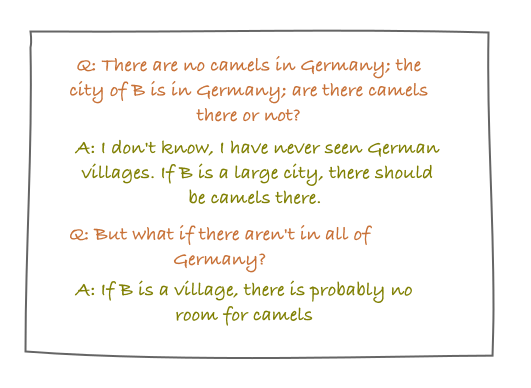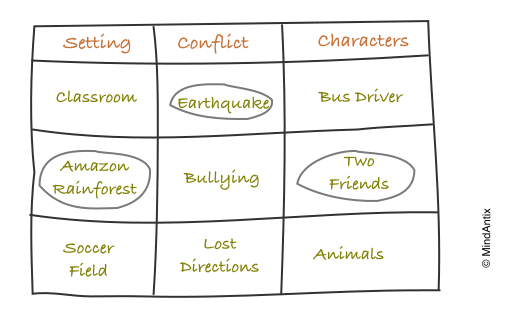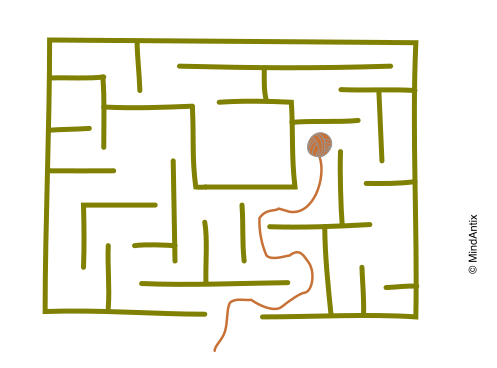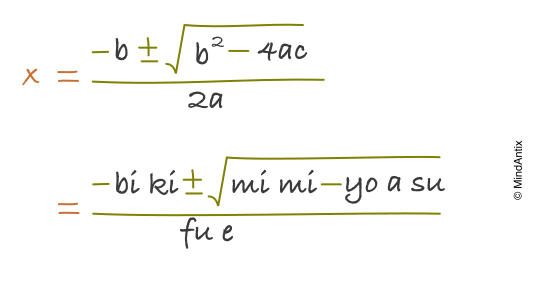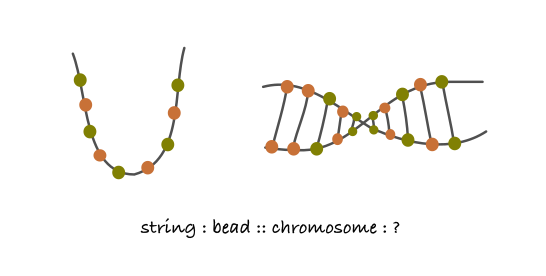In the 1920s, Alexander Luria, a Russian psychologist, interviewed a group of rural Russians who had been untouched with the scientific advancement of the 20th century. His goal was to understand the influence of social environment on cognitive development. What kind of thought patterns would dominate in societies where life revolved around handling tangible objects, as opposed to technical societies that induce more abstract reasoning?
A sample interview (see picture above) shows the questions and responses to a logical syllogism, posed to a rural adult. Nowadays, these kinds of deductive reasoning puzzles can be easily answered by a typical 7-8 yr old. But based on the response, it is clear that abstract, hypothetical reasoning is an alien concept to the interviewee. As Prof. James Flynn points out, “Today, we are accustomed to detaching logic from the concrete, and say “of course there would be no camels in this hypothetical German city.” The person whose life is grounded in concrete reality rather than in a world of symbols is baffled.”
The Flynn Effect, which was first documented by Prof. Flynn, is the observation that IQ has been rising steadily from one generation to the next over the last century. The reason fueling this phenomenon has been a matter of debate. While Flynn initially attributed the rise in IQ to improved nutrition, affluence and other factors, in his recent book, “Are We Getting Smarter?”, he proposes a new theory.
He now believes that the Industrial Revolution and its subsequent social changes led to the rising IQ trend. He explains in the book, “The ultimate cause of IQ gains is the Industrial Revolution. The intermediate causes are probably its social consequences, such as more formal schooling, more cognitively demanding jobs, cognitively challenging leisure, a better ratio of adults to children, richer interaction between parent and child.”
At the same time that IQ scores have been rising, another set of scores have been changing – in the opposite direction, unfortunately. Prof. Kyung Hee Kim, has been studying Creativity and its trends for several years. In a meta-analysis of creativity scores since the 1990s, Kim found that Creativity scores have been declining over the last two decades. The decline in creative thinking has affected Americans of all ages, but is especially pronounced for elementary age kids. Our focus on logical and analytical thinking certainly helped raise IQ scores, but it might have come at the expense of other thinking patterns.
In his book, “A Whole New Mind”, Daniel Pink outlines why the 21st century will be the “Conceptual Age”, dominated by creators and empathizers. He uses three prevailing trends – Abundance (most things are not scarce anymore), Asia (work that can be outsourced, is) and Automation (linear, logical work is increasingly being handled by automation) – to make his argument that non-linear and creative thinking will become essential in the 21st century.
So, this brings us to an interesting state. On the one hand, the 21st century will place more demands on creative thinking, and on the other hand, creativity is currently on the decline. Would the cognitive demands of the Conceptual Age spur a trend of rising Creativity?
An optimistic view would be that just like Industrial Age triggered a rise in IQ, the new Conceptual age will set off a rise in creative thinking. However, the current declining trend of Creativity, should give reason to pause. Maybe the transition towards more creative work will be more challenging, than the adaptation to the industrial and scientific age.
To address the declining creativity, Prof. Kim says, “Reversing the trend will be a process that will require patience and perseverance, because the results will not be immediate.” We will eventually find out the answer to our question, but in the meantime we can all start taking steps to influence the outcome.

